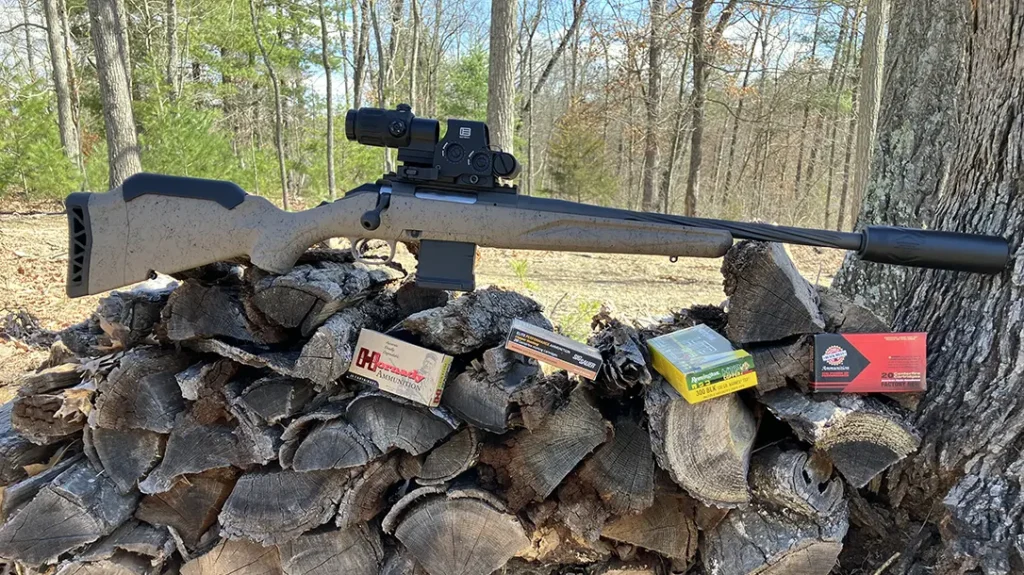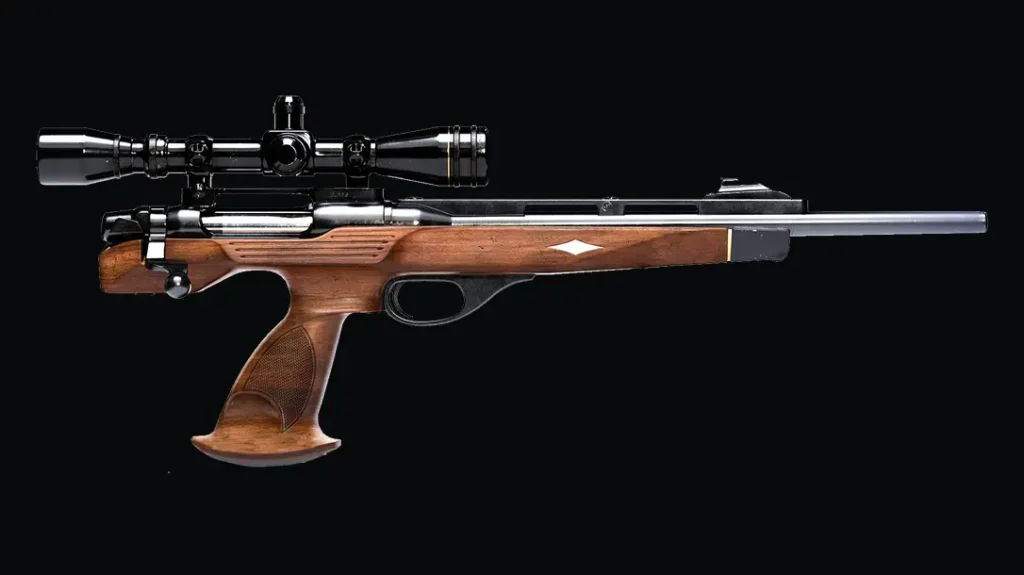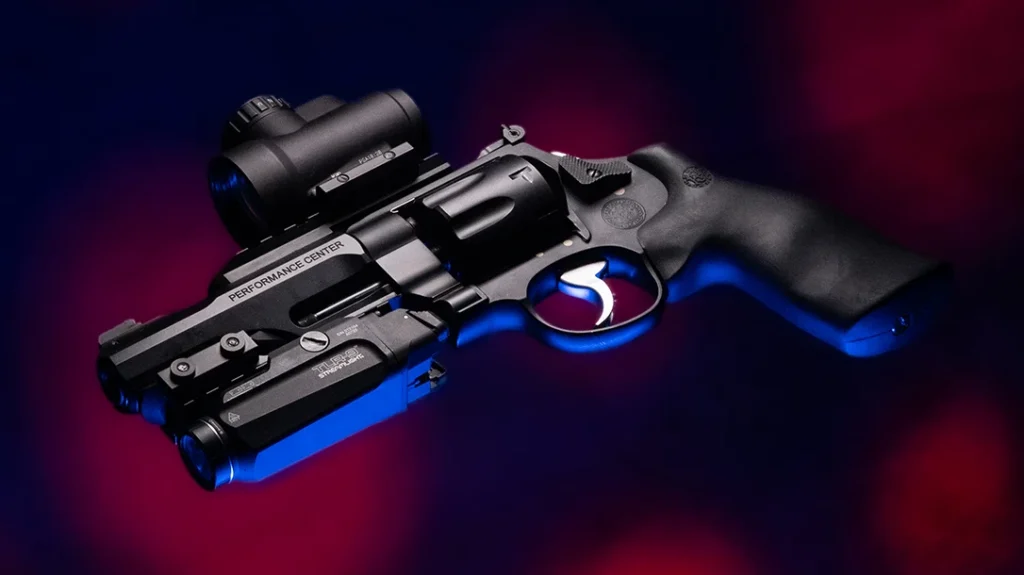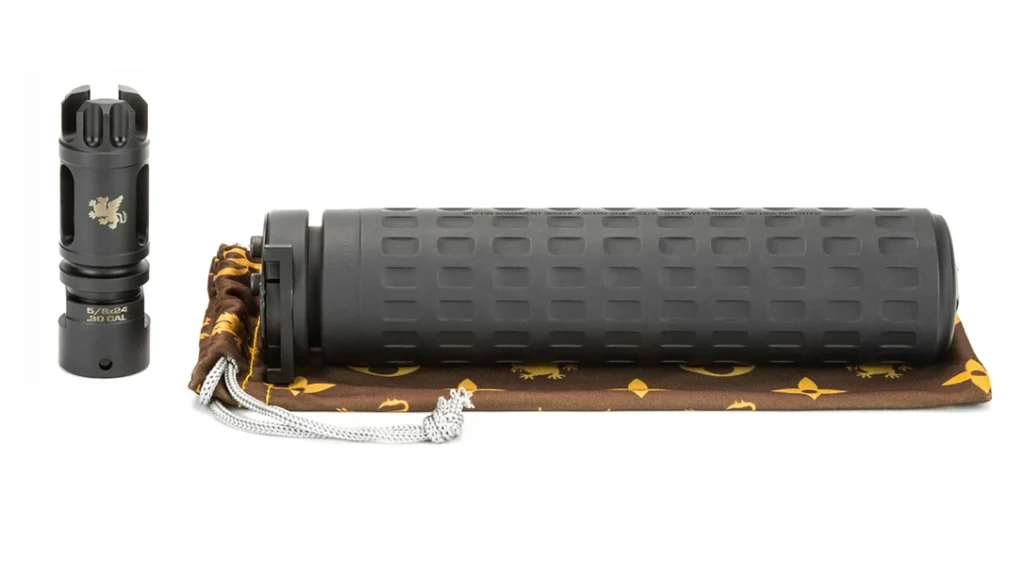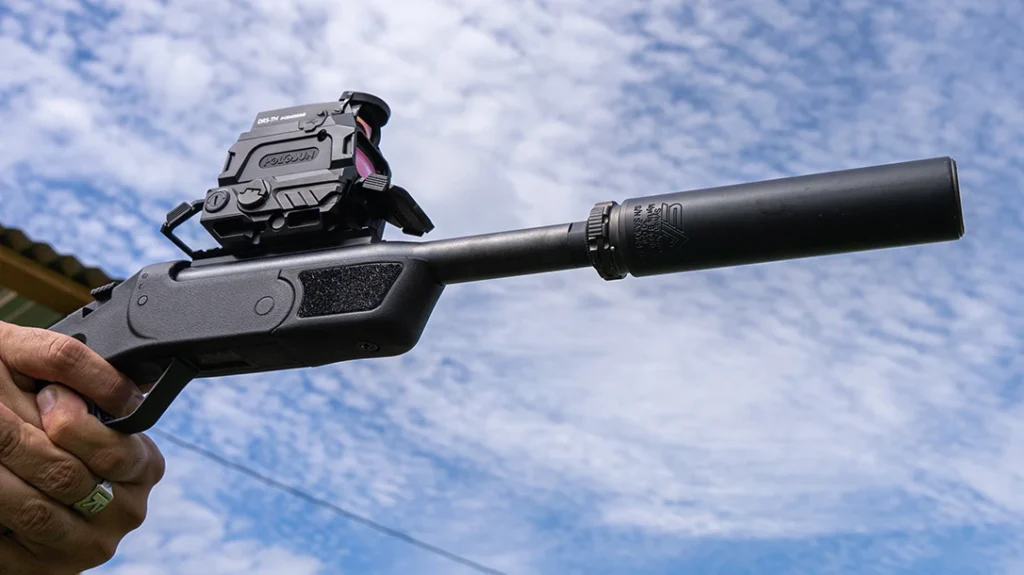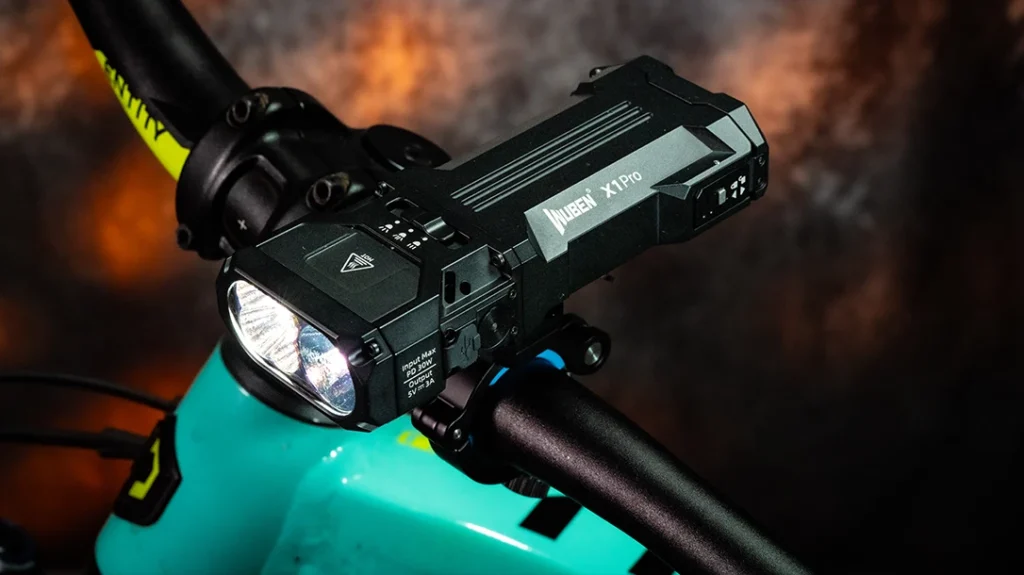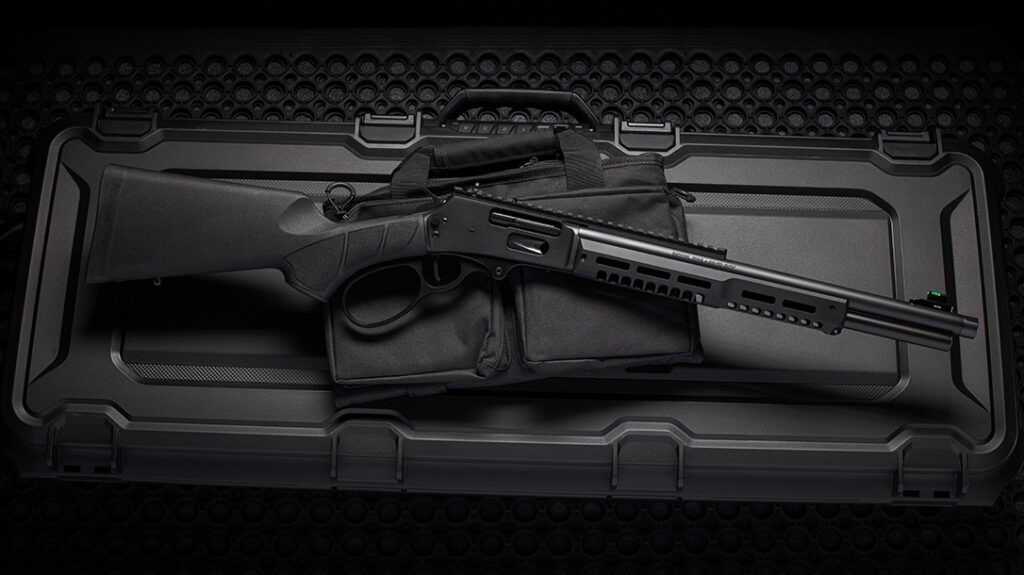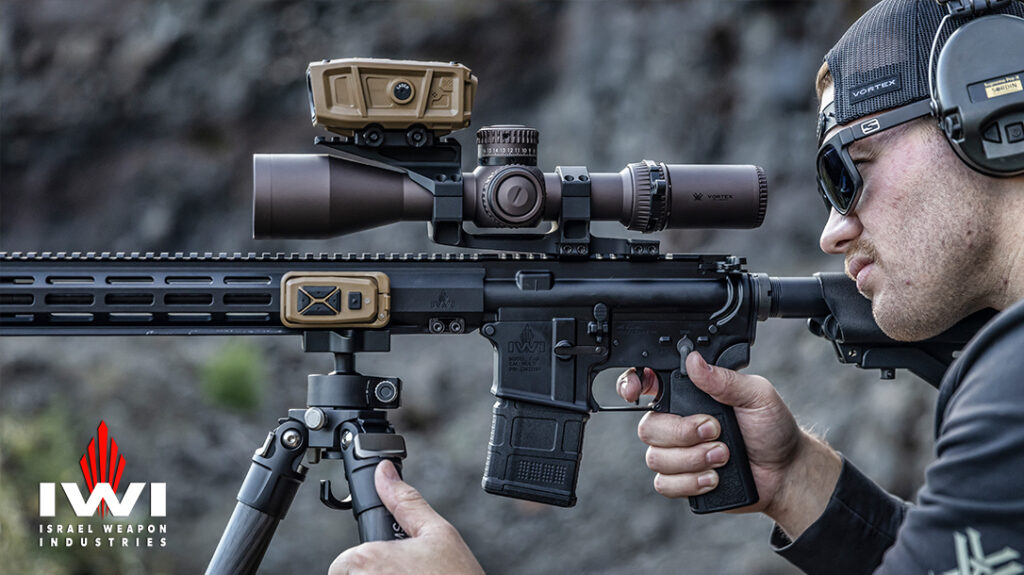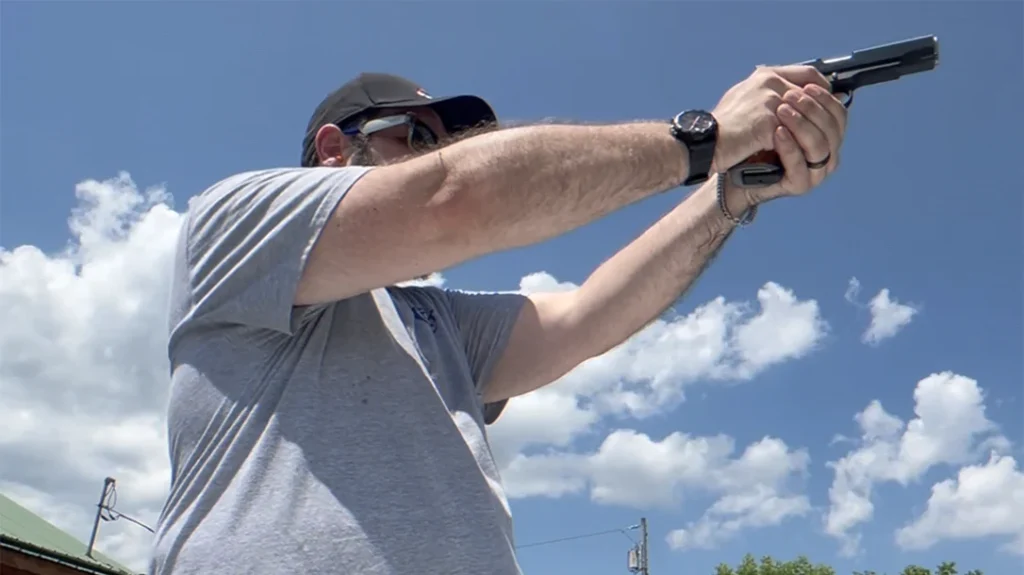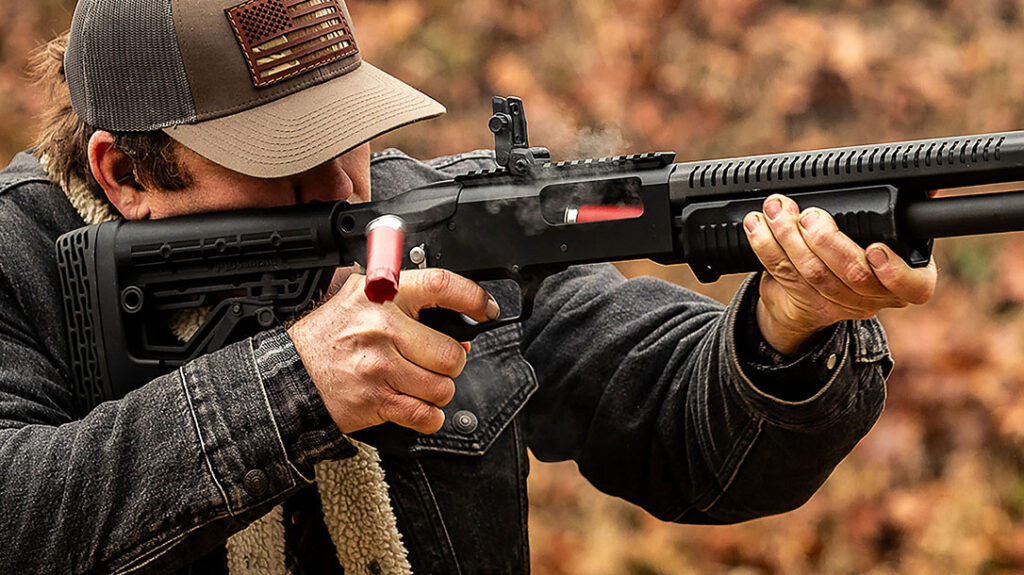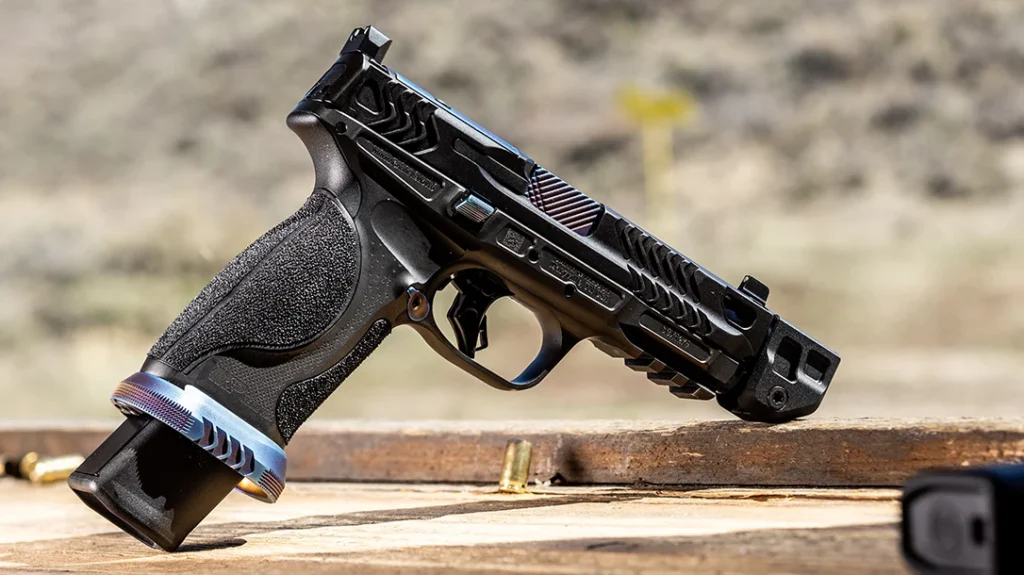It seems like one of the more recent trends in ARs is building 5.56mm rifles that use longer barrels. 20-inch barrels are about the norm, and there’s the occasionally longer barrel too. This begs the question, what does a longer 5.56mm barrel net you, if anything?
Barrel length is a classic argument that has raged for decades. Early AR-15s and M-16s originally defaulted to 20 inch barrels. As the M-16 spent years in service, that barrel length kept becoming shorter. Nowadays, most US military 5.56mm service weapons have 14.5 inch barrels (M4 Carbine). Special operations units have always been the wildcard and have historically used a wide spectrum of barrel lengths, depending on mission sets and weapon requirements.
Law enforcement is downstream from the military in this sense, so 11.5 to 14.5 inches is the norm–for those willing to deal with the paperwork. The rest just rely on standard 16 inch barrel carbines. In private hands, 5.56mm barrel lengths range from 7 to 24 inches.
Advertisement — Continue Reading Below
Longer Barrel Advantages
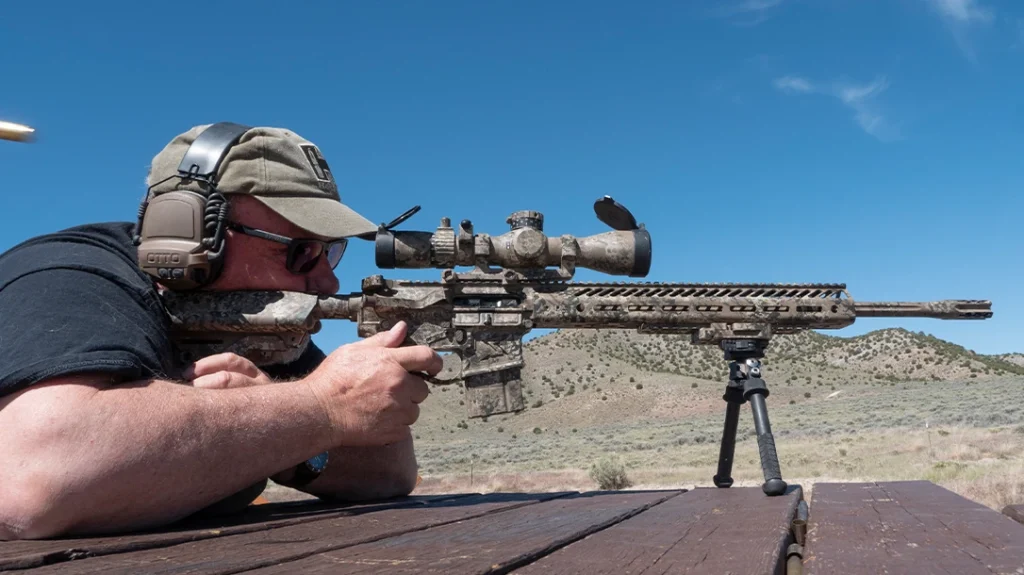
There is consensus that longer barrels generally translate to faster muzzle velocities. In tandem with their twist rates, they may possibly help stabilize longer projectiles.
Does this matter? Sure, but not for most cases, I think.
Advertisement — Continue Reading Below
If you are hunting at longer distances, beyond 500 meters, the added muzzle velocity from a longer barrel can be valuable.
I shoot a long range AR build with a 20 inch precision barrel and Black Hills 77 grain TMK bullets. This rifle lets me tag 16 inch steel targets at 900 meters with some serious “ring”.
I don’t think a barrel longer than that would have made a difference, but there was a clear difference over my 16 inch 5.56mm carbines. One of my early 3-Gun competition rifles used an 18 inch barrel. It was also noticeably easier on longer targets (300-500 meters).
Advertisement — Continue Reading Below
So there is no question that barrel length does something, but does it matter outside those specific circumstances? And is it worth the trade-off in extra weight, length and heft?
While experts seem to argue a ton about the effectiveness of a shorter barrel on a carbine, most real world shootings do not. It’s easy to argue ballistics and the like, but it seems that 11 inch carbines always neutralize threats. As an SME studying numerous shootings, all the engagements I reviewed that included short barrels (some as short as 7 inches) resulted in a stopped threat or fatality.
Picking a barrel length is all about context.
Advertisement — Continue Reading Below
Is There A Best Length?
NFA paperwork aside, I think the most versatile barrel length for a 5.56mm firearm is 11.5 inches.
With 11.5 inch barrels, most AR-15s will run reliably–whether they have a piston or a direct impingement system. Generally speaking, the accuracy potential of 11.5 inch ARs is better than most people can shoot. Their sweet spot, ballistically speaking, (with the correct ammo) is right at 100 meters—about perfect for defense or duty work. These shorter barrels also make it easier to maneuver in and around vehicles or in a CQB environment.
Adding a quality suppressor to one still leaves them handy enough without turning the weapon into an oar.
Advertisement — Continue Reading Below
For those truly dedicated to CQB (across the room) my favorite remains a 7 inch short barreled rifle like my Primary Weapons MK107. Want the best of both worlds, my Desert Tech Wolverine bullpup is the same overall length as the MK107, but it has a 16 inch barrel instead.
Sure, I can clear a building with a 20 inch rifle, but the shorter barrel makes it easier.
What About 14.5 or 16 Inch Barrels?
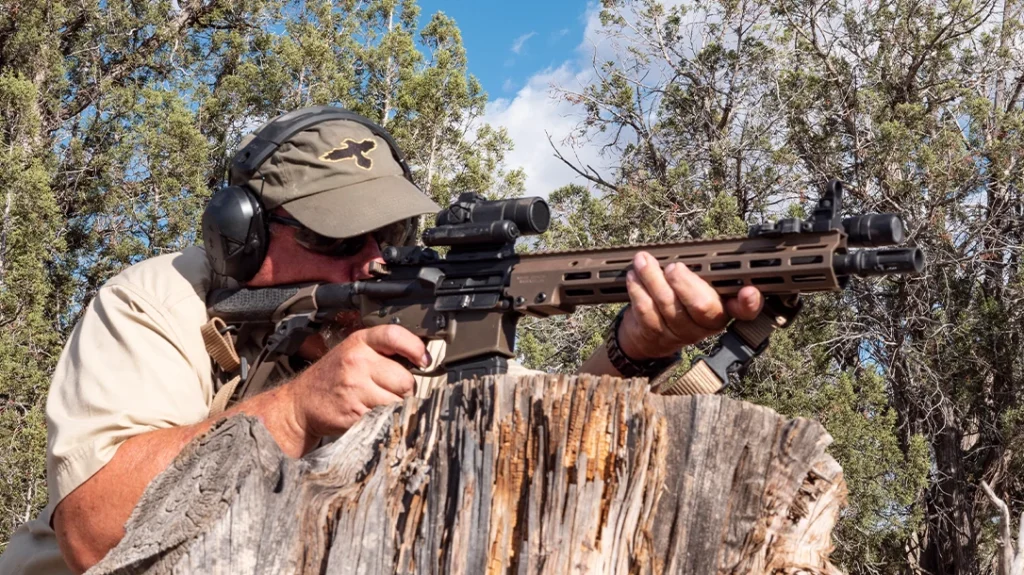
Advertisement — Continue Reading Below
The 14.5 or 16 inch barrels still retain utility and versatility. Even at longer distances, they will do 99% of what longer barrels do.
Compared to my long range build, it is only marginally harder to get impacts at 900 meters with my 16-inch X2 Dev Group ARX. Mostly, the difference involved a tad more elevation and some windage adjustments.
At a Thunder Ranch precision rifle class some years back, I rung 1000-yard steel using a Robar SR90 with a 17-inch barrel and suppressor. My holds were higher for sure, but hits are hits. The guy next to me with a .300 Win Mag, that endured the recoil and the noise without hitting much of anything didn’t seem too amused.
Advertisement — Continue Reading Below
Barrel length is a thing; it’s just not everything.
Bottom Line

It’s hard to argue against nostalgia. If that’s what you’re going for, that DMR or even M16 clone that’s like what you carried during your service, have at it.
Advertisement — Continue Reading Below
In competition, barrel length comes with advantages, whether it’s 3-Gun or PRS. Keep in mind that in PRS-style shooting, extra weight gives you an edge. In 3-Gun, it’s the opposite, you want a lighter gun. But again, the muzzle velocity boost is helpful to nail those more distant targets.
Remember that as a rule of thumb, the faster a bullet travels, the flatter its trajectory.
For varmint hunting with ARs, the barrel length also matters for a slew of reasons. But especially because varmints can be small targets and you want to capitalize on velocity and that flatter trajectory.
In the long run, having longer barrels on rifles and carbines that are used for general purposes, defense or duty only really see a slightly marginal benefit. It may not even be worth the trade-off versus maneuverability and overall size and weight.

